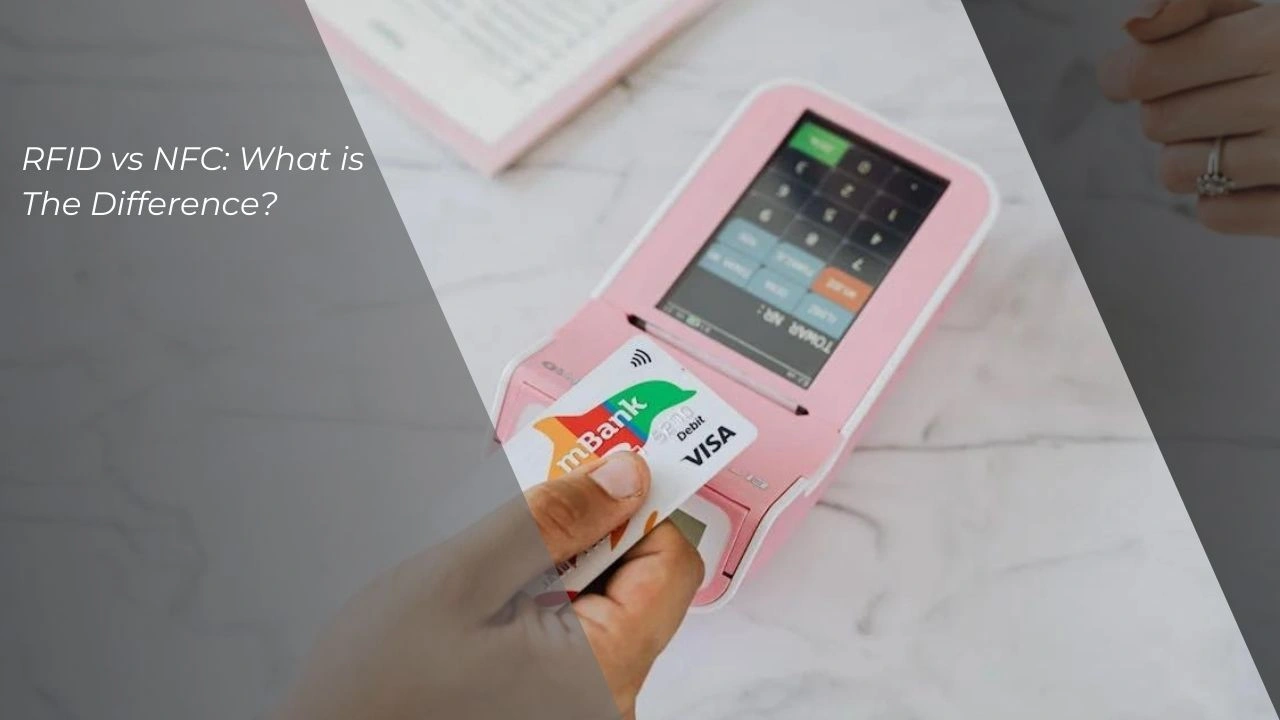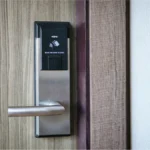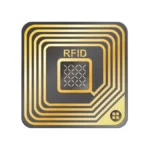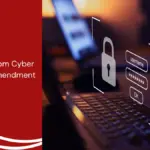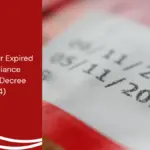What is the Difference Between NFC and RFID? – RFID and NFC might sound like twins, but there are key differences under the hood.
While both use similar technology, people often mix them up. Don’t worry, we’ll clear things up!
Here’s a breakdown of what sets them apart, along with some real-world examples to help you see the distinction.
Also Read
Table of Contents
The Difference Between NFC and RFID
While both use radio waves to communicate, their reach is quite different. RFID can be a real chatterbox, sending and receiving signals over long distances, sometimes even up to 100 meters (especially with active tags that have their own battery).
NFC, on the other hand, prefers a closer conversation, working best within a few centimeters (usually 0 to 5 cm).
There’s another difference in their “language”: RFID uses a wider range of radio frequencies, while NFC sticks to a specific high frequency of 13.56 MHz.
Here’s a breakdown of the difference between RFID and NFC and also its applications.
1. NFC
NFC stands out from other wireless technologies by prioritizing close-range data communication.
Instead of broadcasting signals over vast distances, NFC utilizes radio waves but restricts their reach to a mere 20 centimeters.
This focus on proximity, combined with the consistent use of 13.56 MHz radio frequency across all NFC devices, creates a controlled environment for data exchange.
This inherent security makes NFC perfectly suited for tasks like contactless payments, where safeguarding sensitive information is the top priority.
NFC technology relies on two players: a reader (like a payment terminal) and a receiver (usually a tag or label embedded in your card).
They share data through a quick burst of electromagnetic energy, but only when they’re super close together.
This short range is actually a security feature! It minimizes the risk of someone else’s device accidentally or even intentionally snatching your data.
That’s why contactless payments with NFC-enabled cards are considered secure.
The NFC is also mostly used in the smartphone world. For years now, we’ve been using our phones for contactless payments and validating train tickets with just a tap.
2. RFID

RFID stands for Radio Frequency Identification. Unlike its close cousin NFC, which uses short-range communication, RFID utilizes high-frequency radio waves to transmit and store data.
Interestingly, the concept traces back to 1935 when the British, seeking a way to distinguish friendly aircraft from enemies on radar, developed the transponder.
This technology, a core principle of identification used in modern airplanes, laid the foundation for what we now know as RFID.
For RFID to work, you’ll need an RFID reader, equipped with an antenna and acting as both transmitter and receiver, constantly sending out a signal.
When a nearby tag (also called a chip, label, or transponder) gets the message, it wakes up and responds with its stored information.
Active tags have their own batteries, allowing them to send data back over longer distances (think 100 meters!) and even store new information.
Passive tags, on the other hand, are more like listeners as they rely on the reader’s signal to activate and can’t hold onto new data.
RFID technology has become a ubiquitous tool across various sectors. From the familiar beep of automatic road tolls to the ever-expanding world of the Internet of Things (IoT), RFID is streamlining processes and enhancing efficiency.
Industries like manufacturing, commerce, and transportation all leverage this technology in countless applications.
So there you go the difference between RFID and NFC.
To be able to sell or distribute the RFID and NFC devices in Indonesia, you’ll need DJID Certification.

